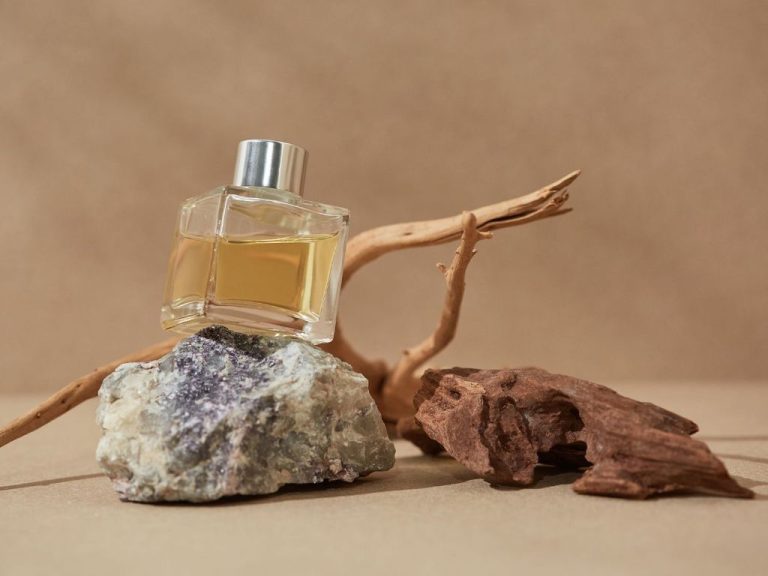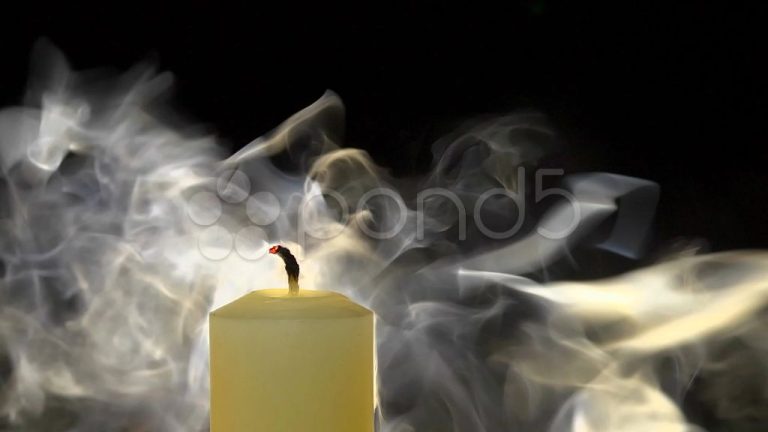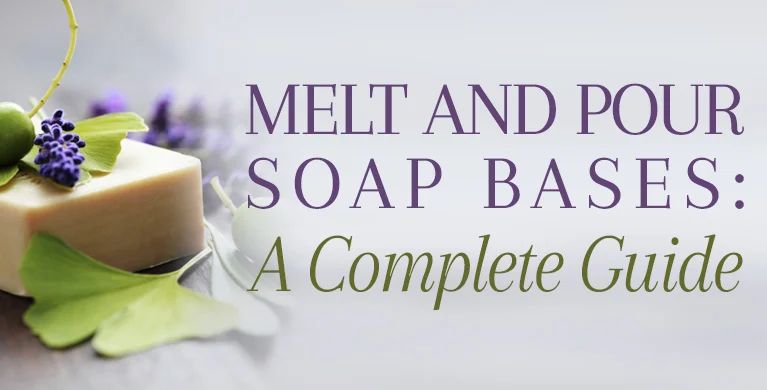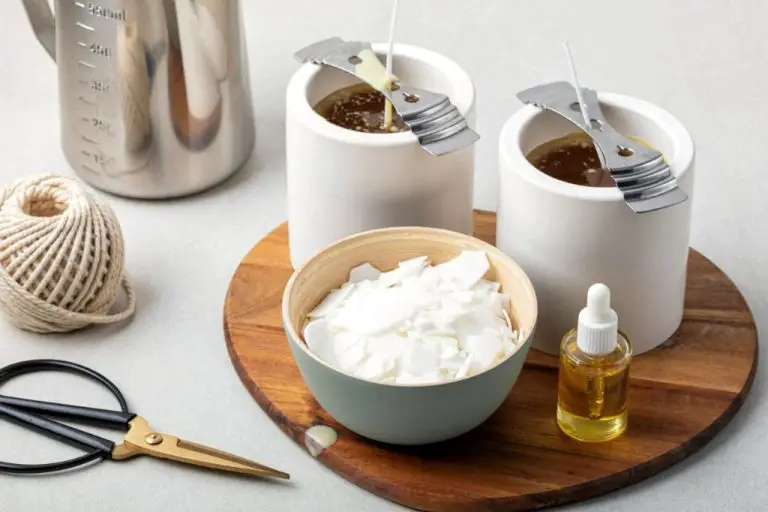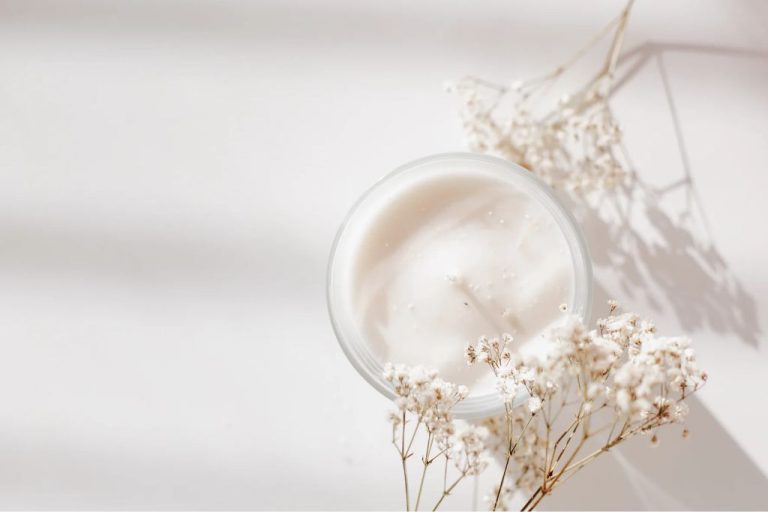What Essential Oils Can You Use In Candle Making?
Essential oils are concentrated extracts derived from the roots, leaves, flowers, or bark of plants. They capture the natural scent, flavors, and therapeutic properties of the plant. Essential oils have been used for centuries in aromatherapy for their healing and calming effects when inhaled. The popularity of aromatherapy has led to increased interest in candles made with essential oils, known as aromatherapy candles.
Aromatherapy candles allow people to experience the benefits of essential oils while enjoying the ambiance of a candle. The heat from the candle’s flame helps diffuse the essential oils into the air so they can provide both fragrance and therapeutic effects. Studies show that inhaling certain essential oil molecules can help stimulate the brain, improve mood, reduce anxiety and stress, boost energy, and more (Source). Aromatherapy candles are an easy and effective way to incorporate essential oils into home decor.
Choosing Essential Oils
When choosing essential oils for candle making, it’s important to consider the scent profile you want to achieve. Some of the most popular essential oils used in candles include:
- Citrus oils like lemon, orange, grapefruit, and lime which provide fresh, bright scents.
- Floral oils like lavender, geranium, ylang ylang, and rose for floral bouquets.
- Herbaceous oils like peppermint, rosemary, basil for herbal notes.
- Spicy oils like cinnamon, clove, cardamom for warmth.
- Woodsy oils like cedarwood, pine, fir needle for earthy aromas.
Certain essential oils are better for blending together based on their scent profiles. For example, combining citrus with floral oils makes a lively, complex aroma. Herbaceous oils often pair well with woodsy or spicy oils. When first starting out, reference an essential oil blending guide to learn ideal combinations.
It’s also important to note that some essential oils are skin irritants and shouldn’t be used in body products. Always research an oil’s safety prior to use.
Citrus Oils
Citrus essential oils like orange, lemon, grapefruit, and lime add a bright, uplifting scent to candles. Their fruity top notes create an energizing and refreshing aroma. Popular citrus oils for candle making include:
Orange – With its sweet, tangy scent, orange essential oil is one of the most widely used citrus oils in candles. It blends well with floral oils like lavender.
Lemon – Lemon oil has a fresh, zesty aroma that evokes feelings of cleansing and renewal. It combines nicely with herbs like basil.
Grapefruit – The sweet, tropical scent of grapefruit oil lends a sunny vibe to candles. It mixes well with woods like cedar.
Lime – With its sharp, tangy fragrance, lime oil adds a burst of freshness to candles. It works well with spice oils like ginger.
Citrus oils should be used sparingly in candles, as they can cause sooting when used in excess. But small amounts create an energizing scent perfect for morning or summertime candles.
Floral Oils
Lavender, rose, jasmine, and geranium are some of the most popular floral essential oils used in candle making (Source 1). Lavender is one of the most versatile floral oils that can be blended with almost anything. Its sweet, floral, herbaceous aroma is soothing and relaxing. Rose essential oil has a very strong, sweet, floral scent that is intoxicatingly beautiful. However, it can be quite expensive. Jasmine essential oil also has an extremely rich, exotic floral aroma, but can be prohibitively expensive for some candle makers. Geranium essential oil has a strong floral rosy scent with minty undertones. It blends well with other floral oils like lavender and rose (Source 2).
Herbaceous Oils
Herbaceous essential oils like basil, rosemary, thyme, and sage can add an earthy, herb-like aroma to candles. Some popular herbaceous oils for candles include:
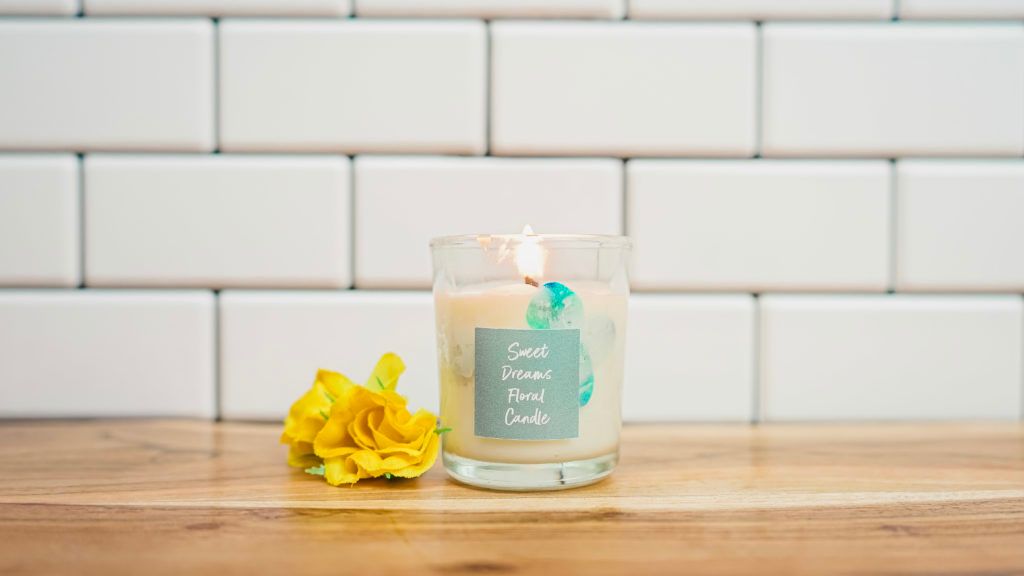
Basil – Known for its fresh, herbaceous scent, basil oil can provide an uplifting and stimulating aroma. It blends well with citrus and floral oils. (Source)
Rosemary – Rosemary oil has a woody, herbaceous fragrance that is energizing yet calming. It complements many oils including lavender, bergamot, and pine. (Source)
Thyme – With its herbaceous, green, and slightly spicy notes, thyme oil can create an earthy aroma in candles. It works well blended with lemon, bergamot, and eucalyptus oils. (Source)
Sage – Featuring a strong, fresh, herbal scent, sage oil provides a cleansing aroma. It combines nicely with pine, cedarwood, and citrus oils in candles. (Source)
Thanks, here is the Spicy Oils section with information on cinnamon, clove, and black pepper essential oils:
Spicy Oils
Some of the most popular spicy essential oils used in candle making include cinnamon, clove, and black pepper. These oils add a warm, spicy aroma and are often blended with floral or citrus oils.
Cinnamon essential oil has a sweet yet spicy scent that is warming and inviting. It blends well with woodsy oils like cedarwood as well as fruity oils like orange. Cinnamon oil should be used sparingly in candles as it can irritate skin in high concentrations. A good rule of thumb is to keep cinnamon oil below 3% of your total oil blend (source: https://shopwillowandbirch.com/products/orange-spice-candle).
Clove bud essential oil provides a sweet, spicy aroma reminiscent of the holiday season. It pairs nicely with orange, lemon, and rosemary essential oils. Clove blends well with many floral and citrus oils. Use clove oil sparingly, at around 1-2% of your total blend, as it can overpower other scents (source: https://www.rootpretty.com/products/spiced-aromatherapy-candle).
Black pepper essential oil has a sharp, spicy scent. It blends well with woodsy and citrus oils. Use black pepper oil sparingly at around 1% or less of your total blend. Too much black pepper oil can create an overwhelmingly strong scent.
Woodsy Oils
Woodsy essential oils like cedarwood, sandalwood, pine, and fir can create an outdoorsy, masculine scent profile in candles. These oils evoke the smells of forests, mountains, and campfires. They blend nicely with earthy, herbaceous, and citrus notes.
Cedarwood essential oil has a warm, woody aroma that is said to promote relaxation. Its scent profile works well for meditation candles. Cedarwood oil is steam distilled from wood chips and sawdust of trees like cedar and juniper. It is commonly used in perfumes and household cleaning products in addition to candles and aromatherapy.[1]
Sandalwood essential oil has a rich, sweet, woody scent. It is obtained from the heartwood of sandalwood trees native to India and Australia. Sandalwood is ground into a powder to produce the oil. Its fragrance helps create a soothing environment and serene state of mind. Sandalwood candles promote tranquility.[2]
Pine and fir essential oils have an invigorating evergreen fragrance. They can be distilled from the needles and twigs of various pine and fir trees. These fresh scents are perfect for crisp, wintry candle blends. Pine oil in particular has clarifying properties that can help freshen indoor air when burned.[3]
Other Oils
Other essential oils like tea tree, eucalyptus and peppermint can also be great additions to candle making. Tea tree oil has a fresh, herbaceous scent that blends well with citrus and floral oils. It is commonly used for its cleansing properties. Eucalyptus oil has a strong, menthol aroma that opens up the airways. It provides a cooling, invigorating scent. Peppermint oil has a sharp, minty fragrance that provides an uplifting aroma. It is known for improving focus and concentration.
Some key tips when using these oils for candles:
- Use sparingly as little goes a long way. 1-2 drops per ounce of wax is usually plenty.
- Always do test burns to make sure the scent throw is not overpowering.
- They mix well with herbaceous oils like rosemary, lavender and sage.
While potent, these oils can provide an aromatic boost to any custom candle blend when used appropriately. Their unique properties allow for creating invigorating or soothing scents.
Blending Oils for Candle Making
When blending essential oils for candles, it’s helpful to understand how the scent notes interact. Essential oils are categorized by notes:
- Top notes are light, bright scents that evaporate quickly. These include citrus and herbaceous oils.
- Middle notes emerge after top notes fade. Floral oils are typically middle notes.
- Base notes are deep, rich scents that anchor the blend. Examples are woody and spicy oils.
For a well-balanced, multi-dimensional scent, combine oils from different scent families and notes. As a general rule, use more top notes, slightly fewer middle notes, and a small amount of base notes. However, you can adjust amounts depending on the overall effect you want to achieve.
When blending, add drops of oil one at a time and evaluate the scent. Let it synergize for a few minutes before adjusting. According to experts at CandleScience, less is often more with essential oil blends. Start with just a few oils and build complexity slowly.
Stick with 3-5 oils in a single candle for the best results. Popular ready-made blends for candles include lavender and lemon, eucalyptus and mint, rosemary and grapefruit, among others.
Making Candles
Making candles involves combining wax, fragrances, and wicks into containers. There are several types of wax that can be used:
- Paraffin: A petroleum-based wax that is commonly used. It holds fragrance well and makes candles burn cleanly. However, it releases toxic fumes as it burns.
- Soy: A natural vegetable-based wax from soybeans. It burns slower and cooler than paraffin. It may not hold aromas as strongly.
- Beeswax: Natural wax made by honeybees. It has a beautiful natural honey scent but can be more expensive. Blended with other waxes, it makes fragrant, clean-burning candles.
- Palm: A natural vegetable wax that comes from palm trees. It burns slowly and cleanly. However it may not adhere well to wicks or glass containers.
Candle wicks are made from braided cotton, paper or wood fibers. The wick transfers heat to melt and disperse the wax while burning, and draws the flame up into the candle. Choosing the right wick thickness prevents smoking, mushrooming and uneven burning.
Candles can be poured into containers like glass jars, tin cans, or silicone molds. Containers should be heat resistant and allow room for the wax to pool when burning. Before pouring in wax, containers can be preheated to prevent cracking or splitting of the wax.
Basic candle making steps are preparing wicks, melting wax to 170-200 F, adding fragrance at the recommended ratio, and pouring into preheated containers. Properly wicked candles are left to cool and harden for 24 hours before burning.

